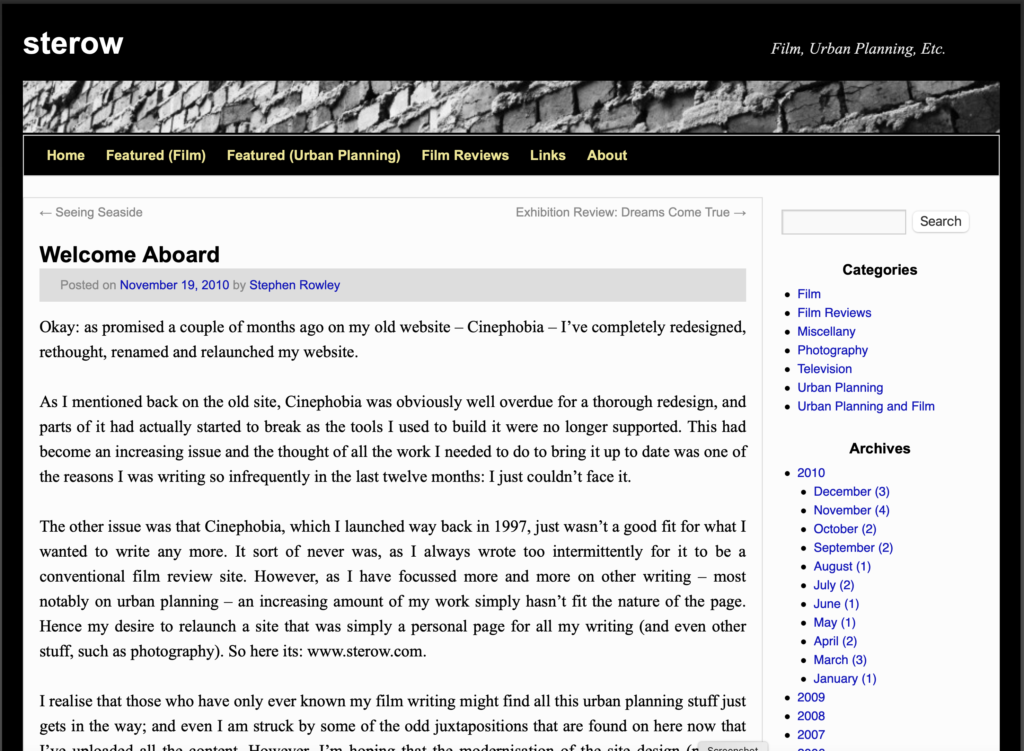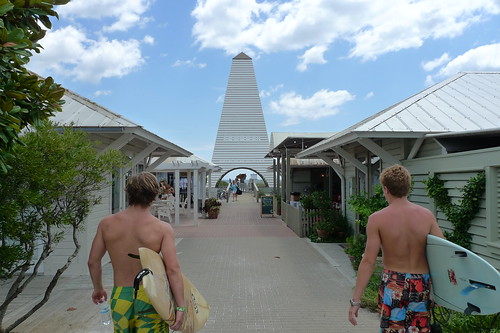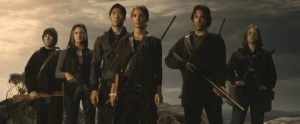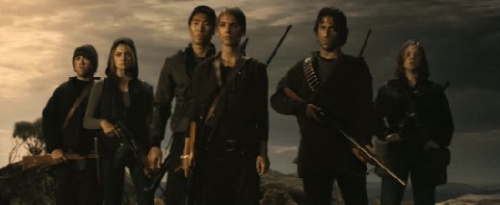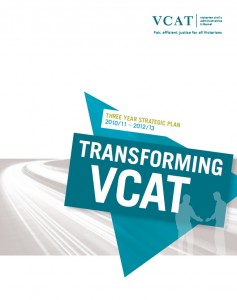
At some point, quietly, VCAT have slipped out their “three year strategic plan,” which appears to be the final output of the review started by former President Justice Kevin Bell. It’s not immediately clear when they did so: it’s not dated, and has simply been posted as a news update on the VCAT website. If there was wider coverage of this release, I missed it. As I write, the page for the review itself (www.transformingvcat.com.au) still hasn’t been updated with the final report; there’s also an older, lonelier page for the review as it was started by Justice Bell at www.vcatreview.com.au that also currently fails to reflect any of the final outcomes. The latter page doesn’t even refer to the re-branded discussion paper released by Justice Iain Ross.
(For those having trouble keeping up, Justice Bell released a “consultation paper” called The Role of VCAT in a Changing World in March 2009, followed by a “President’s review” called One VCAT in February 2010; and then Justice Ross released a “discussion paper” called Transforming VCAT in May 2010, followed by this undated three year strategic plan with the same name).
It’s a shame the release of the document has been so lackadaisical, because it is generally a positive document that I think Victorian planners, as regular users of the system, should welcome. I wrote two editorials for Planning News covering the review process (here and here) and it should be obvious from those that I have some issues with the way VCAT currently operate. This review won’t magically resolve those issues, and one of the biggest issues facing currently facing the Tribunal and its users – the long wait times for hearings – is a resourcing issue that can only be resolved by the new government allocating funding appropriately. Yet there are some really good things in here that if followed through should definitely improve the operation of the Tribunal.


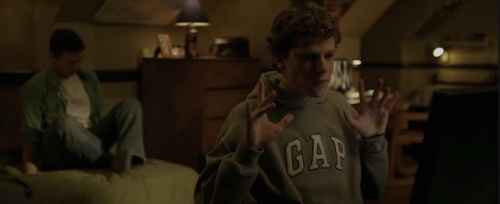
 When putting together a museum exhibition I guess one of the key questions is: “who is the audience here?” When reviewing an exhibition, that question might even be more critical.
When putting together a museum exhibition I guess one of the key questions is: “who is the audience here?” When reviewing an exhibition, that question might even be more critical.